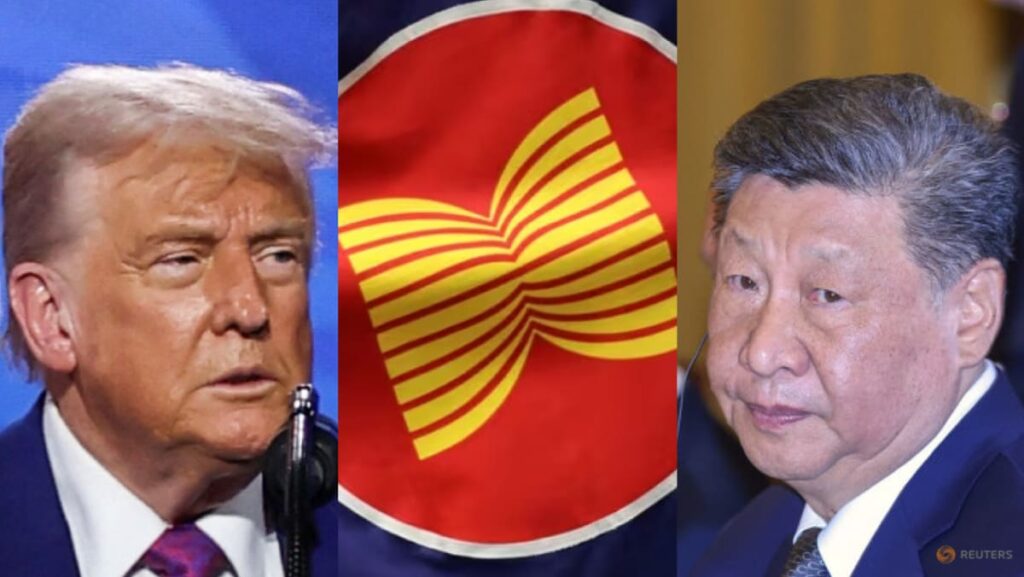If Beijing ends up with a lower US tariff rate than Southeast Asian countries after Aug 12, the latter’s relative attractiveness as an investment and manufacturing alternative to China could be “diminished”, said Joanne Lin, senior fellow and co-coordinator of the Association of Southeast Asian Nations (ASEAN) Studies Centre at Singapore’s ISEAS-Yusof Ishak Institute.
“This is especially concerning for countries like Vietnam, Malaysia and Indonesia, which have benefited from Chinese firms relocating production during the height of the US-China trade tensions,” she said.
“A lower tariff regime for China would reduce the incentive for these relocations and could slow foreign direct investment inflows to ASEAN tied to supply chain diversification.”
Vietnam, Malaysia and Indonesia are understood to be part of US President Donald Trump’s so-called “Dirty 15” list of nations that account for the bulk of US trading volume but have supposedly imposed hefty tariffs and other non-tariff barriers on US goods.
The trio is also believed to be part of a list of roughly 20 countries that Bloomberg reported on May 10 are the focus of early negotiations with the US, with those in Southeast Asia considered a priority.
US Trade Representative Jamieson Greer told CNBC on May 9 that Washington is “having fruitful talks with Vietnam and others, and they understand what we’re trying to solve for”.
“The outcomes of bilateral negotiations between US and ASEAN countries will thus be important to determine if Southeast Asian countries can maintain their competitive edge or risk being sidelined in a reconfigured global trade landscape,” Lin said.
INDONESIA “LEFT BEHIND”, THAILAND “PASSIVE”, MALAYSIA YET TO COMMIT
This fear could well become reality in Indonesia, whose economy is vulnerable to the potential effects of a trade war and is currently negotiating a potential 32 per cent US tariff rate.
Jakarta has proposed to increase its annual imports from the US by up to US$19 billion by switching to US suppliers for goods such as wheat, soybean, liquefied petroleum gas (LPG) and crude.
The country has issued new rules to allow the government to procure goods with lower locally-produced content, addressing a jarring non-tariff barrier identified by the US, Reuters reported on May 6.
While the temporary deal between the US and China spells good news for Indonesia’s raw material exports to China, whose factories are rushing to ship goods to the US, Southeast Asia as a whole might suffer if Beijing eventually gets a much lower tariff rate than ASEAN countries, said Bhima Yudhistira Adhinegara, director of the Center of Economic and Law Studies in Indonesia.
“There will be many investments from China going back again to China. There will be a relocation of the Southeast Asian factories back to China again,” he told CNA.
“Investment from Europe and the US will be flowing to China. So, I think this also makes for negative signs for each individual member country in ASEAN pushing for more negotiations with the US.”
Bhima feels Indonesia – Southeast Asia’s largest economy – has been “left behind” in negotiations with the US compared to China, noting how the latter has managed to secure a temporary but substantial discount on its own tariff rates.
“I think China made really good progress compared with Indonesia, of which we don’t see the outcome of the negotiation process yet,” he said, citing challenges that come with the concessions Jakarta has proposed.
“If Indonesia buys more LPG or imports more oil from the US, there will be a huge burden (on) the state budget, to the fiscal space.”
Read the full article here

